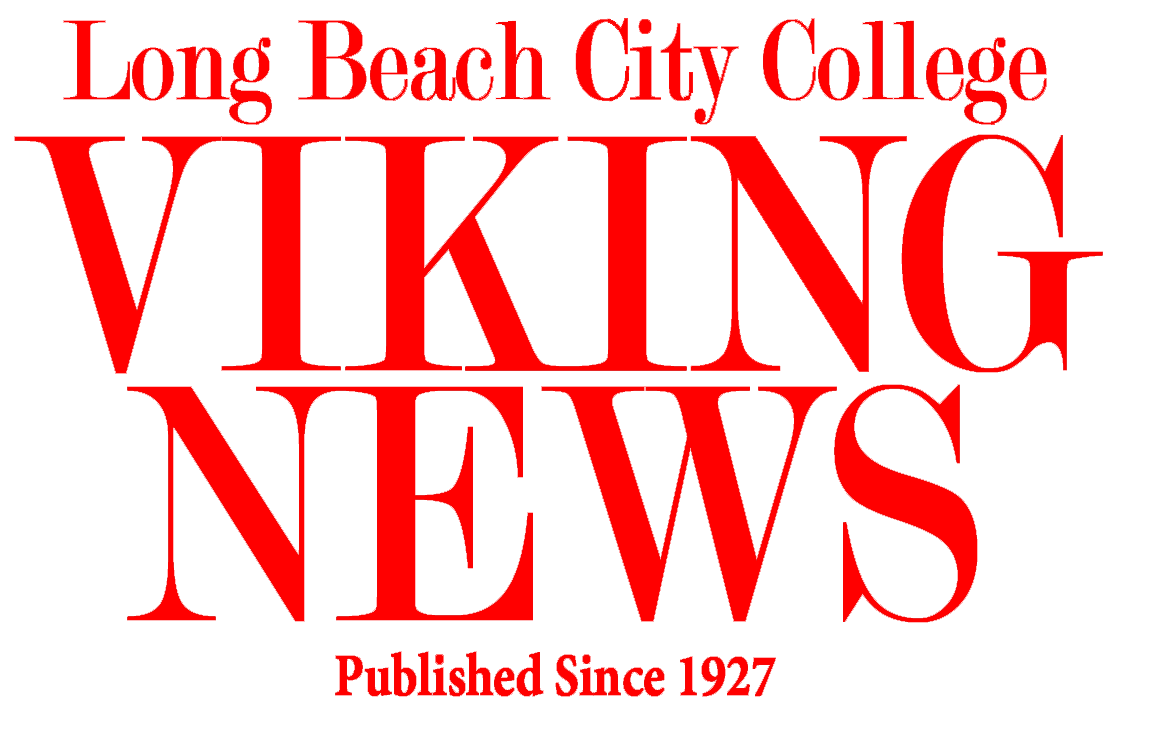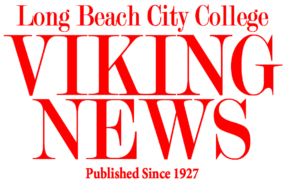Located at the lower level floor of the E building inside the Nordic Lounge was a colorful and vibrant lively party filled with staff and faculty members as well as Umoja student club members.
In honor of African Liberation Month, Financial Aid Advisor Angela Fowlkes hosted an academy mentorship end of the year SAGE celebration for the African American students and staff members’ hard work and diligence throughout the LBCC community on May 25.
May 25 is celebrated as African Liberation Day by several countries internationally, recognizing the foundation of the Organisation of African Unity, now known as the African Union, on the same day in 1963.
SAGE stands for Sankofa Adjustments with Great Expectations. Sankofa is a word from the Twi language of Ghana which translates to “to retrieve” in English. Fowlkes chose the acronym for her mentorship and described it as an honorable and beautifully fit title for her program.

The celebration event had reminiscent themes of Ghanaian traditional colors as well as decorations and balloons. A table of beverages and snacks were present along with traditional southern style soul food that consisted of chicken, mac and cheese, green beans, and potatoes.
Angela Fowlkes described her mentorship program as a means for young African American students to thrive not only as respectable human beings but scholars in academic settings.
“When I wrote for the student equity grant I wanted to improve students’ success rates in math and English to close the achievement gap and equity gap. I want to assist in improving the student success rate in our disproportionately African American scholars at LBCC,” Fowlkes said.
The mythical sankofa bird has been an important symbol in the African American and African diaspora communities. It is a bird typically depicted with its feet forward, head turned back and a golden egg in its beak, signifying the need for reflecting and learning from the past to look onward and build a fortunate future.
Financial aid specialist Erica Rodriguez highlighted the informational aspect of the program, congratulating Fowlkes for her work as a mentor for successful students..
“This event is honoring Black excellence. She has a cohort of I believe, 30 students and the students have done amazing things throughout the school. This is just to celebrate them and their accomplishments for the term,” Rodriguez said.
Vice President of Academic Affairs Dr. Lee Douglas gave high praise and encouragement towards Fowlkes concerning the sage metorship’s purpose for students involved.
“This is an opportunity to celebrate the students that have completed this year’s SAGE mentoring program, and the design is to help our students be successful and accomplish their goals and by connecting them with like minded students that have been successful,” Douglas said.
“The idea is through their ability to connect with one another to share experiences and share resources, that those students will be able to support one another toward accomplishing their goals. It’s really a matter of community and community building, and helping to lift each other as they strive for greatness.”

SAGE is a program designed to prepare students for the real world and thrive as successful adults by allowing them to network with like minded people.
Newly admitted Long Beach Mayor Rex Richardson made a surprise guest appearance at the event. He explained what his plans were concerning Long Beach such as rebuilding and updating certain streets in the city and identifying gentrification and speaking on the history of redlining in marginalized communities and low income neighborhoods.


